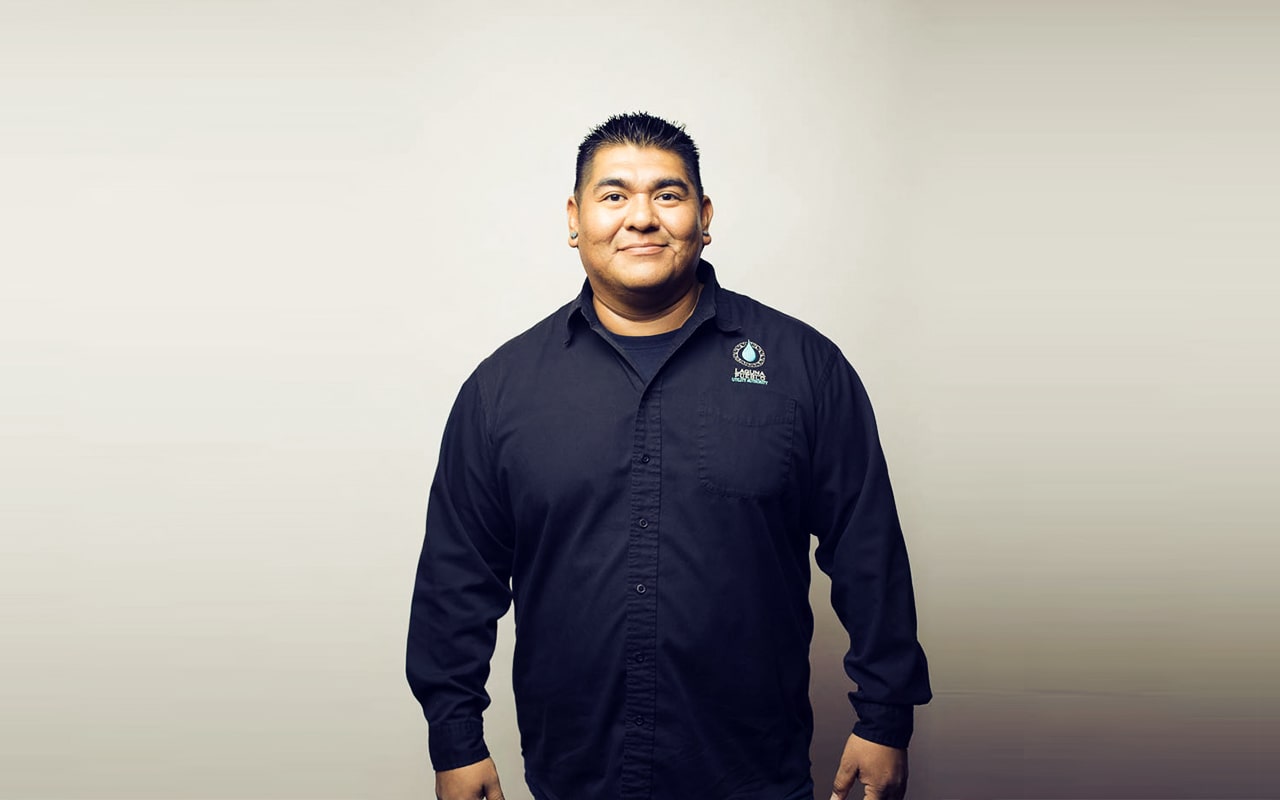In November 2017, the Internet Society hosted the inaugural Indigenous Connectivity Summit in Santa Fe, New Mexico. The event brought together community network operators, Internet service providers, community members, researchers, policy makers, and Indigenous leadership to work together to bridge the connectivity gap in indigenous communities in North America. One of the participants shared his story.
“We haven’t reached our full potential,” says Gilbert Martinez, of the Pueblo of Laguna’s Kawaika Hanu Internet. “Community Internet access is good, but it can get better.”
The Laguna Utility Authority was awarded a $3.3M grant through USDA Community Connect, which will enable a number of projects provided the community is an Internet Service Provider, among other stipulations. The benefits of Internet access – and the grant’s impact – are already evident, which Martinez shared in a presentation at the Indigenous Connectivity Summit: one community member was able to apply for an internship with the Laguna Tribal Courts and is now working to complete her bachelor’s degree in criminal justice; one family uses the Internet for school work, to pay bills, and to do online research; an unemployed computer center volunteer obtained a job at a media company; and silversmiths are able to promote, sell, and get paid online.
Martinez sees a clear connection between community networks and the future of the tribe: “Community networks get our foot in the door…for a revenue-generating component of the tribe. The grant allowed us to build infrastructure and to scale for future growth.”
Register for the Indigenous Connectivity Summit 2018, which takes place this October in Edmonton and Inuvik, Canada. You can also find ever-growing resources on topics including community networks, cultural preservation, and Indigenous-driven access at the Indigenous Connectivity page.
Photo ©Minesh Bacrania
